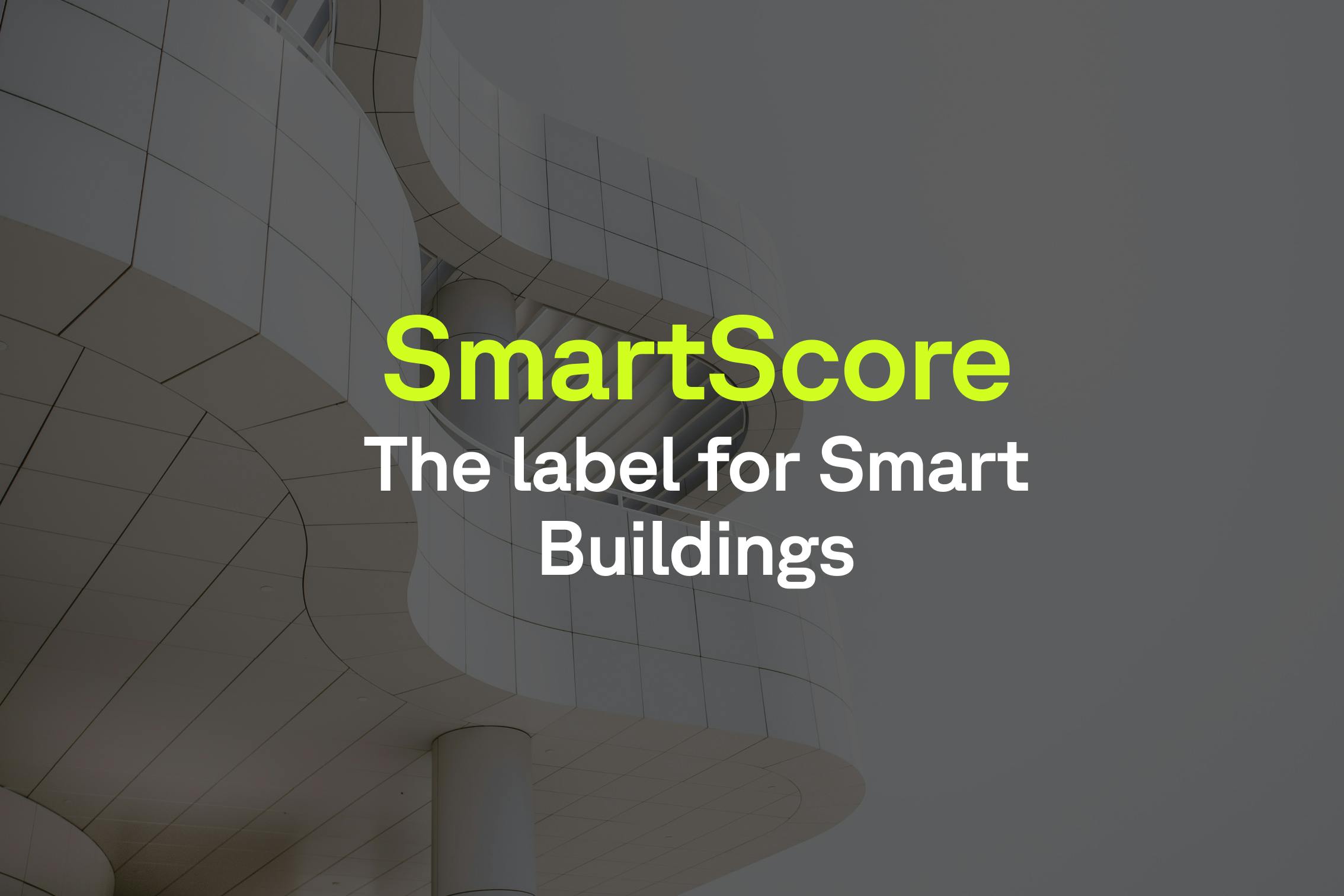The IPMVP protocol to measure your energy savings

Real estate owners and energy management professionals are always seeking innovative ways to optimize their buildings' energy efficiency. If you're in this category, the IPMVP protocol offers a technical and precise method to measure and verify your actual energy savings.
Understanding the Use of the IPMVP Protocol
Definition of IPMVP: International Performance Measurement and Verification Protocol
The IPMVP protocol (International Performance Measurement and Verification Protocol) was developed by the Efficiency Valuation Organization (EVO) to standardize the evaluation of building energy performance.
The primary goal of the IPMVP protocol is to provide a scientific methodology to verify the real energy savings generated by specific actions. This precise approach, based on a standardized study process, is recognized internationally. It delivers reliable and quantifiable results, beneficial to all real estate owners (whether public or private) who aim to measure, verify, and optimize their buildings' energy efficiency
Measuring Energy Savings: The Top Priority of the IPMVP Protocol
Whether it's meeting regulatory obligations, cutting energy bills, or combatting climate change, there are numerous reasons to want to enhance energy efficiency. Options include undertaking energy renovation works, investing in more efficient equipment, or implementing eco-friendly practices in daily operations. However, even after implementing such initiatives, one challenge remains: understanding their precise impact on reducing consumption.
Enter the IPMVP protocol. Through data collection and comparison of several study periods, it offers precise indications of the actual savings achieved. If you're a building owner, IPMVP empowers you to make informed decisions based on tangible data.
The Concept of Return on Investment (ROI)
Energy renovation works often require substantial initial investments. Therefore, it's essential to justify that these implemented actions indeed bring long-term benefits. By comparing the costs incurred to improve the energy performance of the building and the actual savings observed, the IPMVP methodology precisely evaluates the concept of return on investment. Indeed, the more effective the implemented actions are, the more 'profitable' the initial investment is for the site owner.
To read: How to Reduce Building Energy Consumption?
Important Precision: The IPMVP process is not a tool for generating savings per se. Its role is to calculate and highlight them. It encourages energy initiatives by providing quantified results and guides the next steps for continuous improvement.
An Aid for Compliance with Environmental Regulations
The IPMVP is also useful for tracking your progress in complying with the environmental regulations that concern you. For example, in France, the Eco-Energy Tertiary scheme requires a reduction in consumption of at least 40% by 2030, 50% by 2040, and 60% by 2050 (compared to 2010). Without quantified data, it's challenging to determine if these objectives can indeed be met.
The IPMVP protocol does not set objectives in terms of consumption reduction. However, it is often used when implementing an Energy Performance Contract (EPC) to determine if the performance obligation has been achieved.
The European Commission DG JRC suggests that performance-based projects are subject to Measurement and Verification (M&V).protocols, and in particular, the International Performance Measurement and Verification Protocol (IPMVP) protocols would be a good first step and instrument to be used.
Access to Data: Starting Point for the IPMVP Protocol
To evaluate the impact of different initiatives, simply reading the consumption on a meter is not enough. While it does provide a trend: whether consumption is increasing or decreasing. This information doesn't indicate which actions have an impact, if there's room for improvement, or if a parameter is preventing more significant savings (such as malfunction).
Instead of relying on theoretical and approximate estimates, the protocol focuses on measured data. It thoroughly analyzes all factors influencing the performance of a building. And there are many! Seasonality, working hours, user behavior, equipment quality: it's impossible to manually study all of them with precision. However, one cannot improve what isn't measured!
To implement an effective IPMVP protocol in your building, permanent access to reliable data is essential. Connected technologies provide valuable assistance in ensuring continuous and dynamic monitoring of a building.
Read: Embracing IoT in Buildings: Keys to Successful Integration
When the gathered measurements are paired with a relevant analysis system, it becomes possible to identify cause-and-effect relationships that would otherwise be difficult to discern. This insight guides you on the improvements to undertake or, conversely, on the actions to discontinue, which have little impact.
Wattsense's connectivity solution serves as a crucial first step toward implementing an energy savings measurement plan. By seamlessly connecting to all your existing equipment, it retrieves and centralizes all relevant data for high-quality energy analysis. You can then examine this data directly through our user console or integrate it into your own Building Management System (BMS).
Operation and IPMVP Methodology
Initial Energy Diagnosis
The energy audit and the IPMVP protocol go hand in hand. The audit provides the necessary input data for establishing the protocol. Indeed, before measuring any consumption reductions, it's crucial to know the actual energy efficiency of the building before implementing any changes.
The initial energy audit helps identify potential inefficiencies, energy wastage, and optimization opportunities. It provides a solid foundation for developing targeted Energy Performance Enhancement (EPE) strategies. This may include adopting more efficient technologies, improving operational procedures, or making simple adjustments in daily building management.
In summary, the initial audit enables a precise comparison between energy consumption before and after implementing changes.
Establishing an Action Plan
The protocol includes developing a Measurement and Verification Plan (MVP). Its role isn't to determine the energy optimization actions to be implemented but to describe the method that will be used to measure a building's performance.
For instance, it specifies what needs to be measured, the measurement methods (sensors, meters), the energy performance indicators to be evaluated, the measurement frequency, etc. It may also include the procedure for adjusting the analysis strategies based on the measured results.
The MVP consists of 13 standardized steps. It adapts to the building's technological means, the applicant's budget, and the ambitions to be achieved in terms of consumption reduction.
Reference Period
The reference period provides a precise picture of the conditions before implementing any measures to improve a building's energy efficiency. During this phase, which can last from a few months to sometimes a complete year, energy consumption is measured and analyzed to identify the variables that most influence the building's efficiency.
The comparison base established by the reference period allows you to precisely quantify the savings achieved. You can thus calculate the corresponding ROI.
Our advice: Even if you don't use the IPMVP protocol, always start an energy-saving approach by measuring your current consumption. Ideally, have a reference year to measure the individual effects of each action.
Monitoring Period
The monitoring period evaluates the real impact of the energy efficiency measures implemented. It starts after these measures are put in place. The duration of this study phase varies depending on the building's use, the activity carried out, and the associated energy project. However, it must be long enough to observe consumption trends over a representative period.
By comparing energy consumption data during the monitoring period with those of the reference period, precise energy savings can be quantified.
Results Analysis
Beyond "simply" measuring energy savings, the IPMVP Protocol aims for continuous improvement. It's a dynamic tool that, by regularly analyzing the results obtained, guides companies toward possible readjustments of their energy strategy.
By following the action plan procedure, it's possible to identify new optimization opportunities and gradually maximize the building's energy efficiency.
At the end of the monitoring period, the results analysis validates whether the objectives set during the project planning phase have been achieved.
These results contribute to the transparency and credibility of energy efficiency initiatives. In a time where greenwashing remains a common marketing practice, it provides tangible evidence for companies truly engaged in an environmental approach.

Ready to take the first step towards significantly reducing your energy consumption? Wattsense's technology allows you to connect all your building's equipment in just a few clicks and access your data in real time. Request your personalized demonstration to learn more.
Want to learn more about the Wattsense connectivity solution?
Discover our solutionContinue reading



